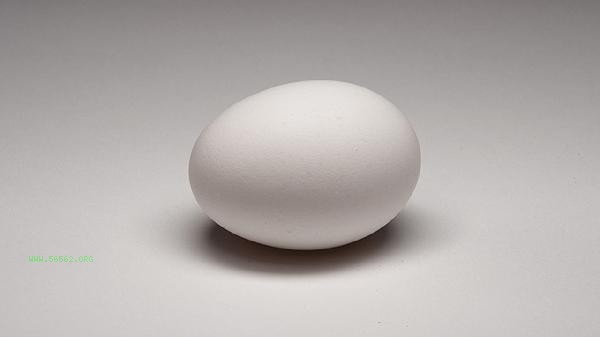Egg shell discoloration may be caused by improper storage, chemical contamination, or natural pigment changes in the eggshell. The main reasons are humid storage environment, contact with staining substances, damage to eggshell membrane, deposition of feed pigments, and microbial erosion.

1. Storage environment is humid
Eggs that are stored in a humid environment for a long time may damage the protective film on the surface of the eggshell, leading to pigment dissolution or shedding. A humid environment is prone to the growth of mold, and the metabolic products of mold will react with eggshells, causing the color to become lighter or spots to appear. It is recommended to store eggs in a dry and ventilated place to avoid humidity exceeding 70%.
2. Contact with Staining Substances
During the transportation or storage of eggs, contact with chemical substances such as dyes and cleaning agents may cause the surface of the eggshell to be stained or discolored. Some illegal vendors may use chemical methods to artificially change the color of eggshells. When purchasing, it is recommended to choose a legitimate channel. If the color of the eggshell is abnormal or it fades when touched, it should be immediately stopped from consumption.
3. Damage to eggshell membrane
The egg shell has a transparent protective film, which can be damaged by excessive cleaning or mechanical friction, making it easier for eggshell pigments to be lost. The surface of fresh eggs has a frosted texture, and if it becomes smooth, it may be due to the peeling of the protective film. It is recommended to wash the eggs before consumption to avoid prolonged soaking or vigorous scrubbing.

4. Pigment deposition in feed
Natural pigments added to hen feed, such as zeaxanthin and capsaicin, may deposit on eggshells and gradually oxidize and fade over time. In this case, the color fades evenly without any irritating odor, and the quality of the egg mixture is usually not affected. It is normal for the color of free range eggshells to vary.
5. Microbial erosion
When pathogenic microorganisms such as Salmonella erode eggshells, they produce metabolites that corrode pigments, often accompanied by the appearance of powdery substances or mold spots on the surface of eggshells. These types of eggs may have a sound of water when shaken, and the egg whites may become cloudy or have a strange odor when opened. If such a situation is found, it should be thoroughly heated or directly discarded to avoid cross contamination with other foods.

When purchasing eggs in daily life, pay attention to whether the eggshells are intact and clean, shake them gently without any noise, and open them to make the egg white thick and not yellow. Keep refrigerated during storage and consume within one month. If the eggshell fades and there is an odor or abnormal egg liquid, it is recommended to stop eating. Cooking eggs must be fully heated to avoid consuming raw eggs that may pose safety hazards. Reasonable storage and proper handling can maximize the preservation of the nutritional value and food safety of eggs.








Comments (0)
Leave a Comment
No comments yet
Be the first to share your thoughts!